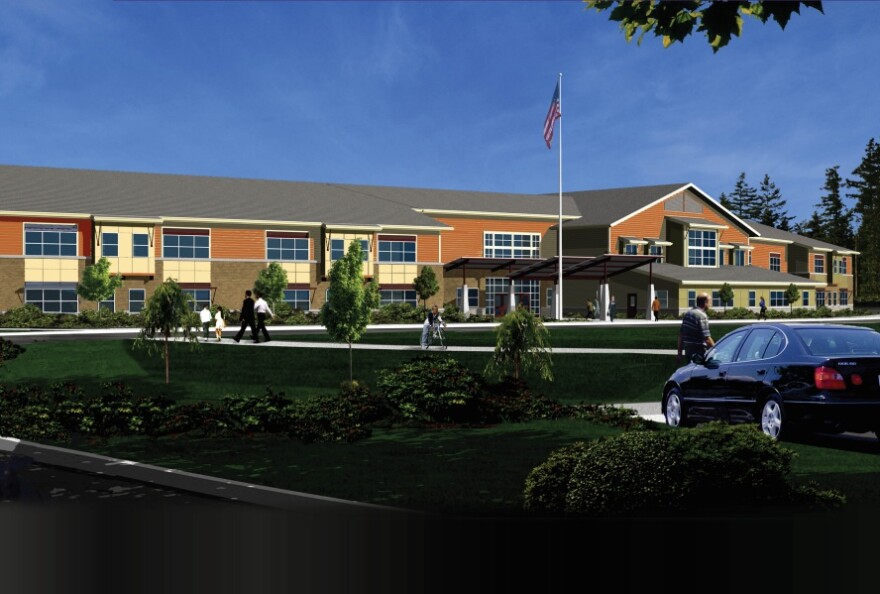After getting a drubbing at the polls in April 2014, when just 44 percent of Sequim voters supported a $154 million school construction bond issue, Kelly Shea says he got the message: "You guys are biting off more than you can chew."
So Shea, the Sequim schools superintendent, dropped the district's plans to erect a new high school and football stadium, cutting the bond's size to just under $50 million for a new elementary school and science classrooms.
It was enough to win a majority of Sequim School District voters, 57 percent, in a special election this month. But it wasn't enough to get the measure passed.
Since 1944, it's taken a 60-percent supermajority vote to raise property taxes to build new schools or fund capital improvements in Washington state, and it will likely stay that way for at least another year.
Last week, state lawmakers passed on a constitutional amendment that would've lowered the threshold for passage to a simple majority. The measure, authored by Rep. Mia Gregerson, D-SeaTac, and Rep. Dick Muri, R-Steilacoom, was removed from the Education Committee agenda the night before it was due for a vote, just before the panel was due to report bills to the full House.
'The Threshold Is Very High'
But Shea says the issue remains relevant in Sequim, and not only because the district of only 2,800 students will be up to 25 portable classrooms by next fall. He says Sequim had to reject state funding to deploy full-day kindergarten because the district's buildings didn't have the space. He worries about adding high school science requirements and, potentially, the impact of an initiative to lower class sizes.
"All of these things that have changed recently are going to put a significant demand on space. How do districts quickly respond to those changes?" Shea said. "With a 60-percent requirement, that's a very difficult challenge for districts to meet."
A spokesperson for the Highline Public Schools, where voters recently rejected a $367 million bond issue, noted the state doesn't fund school construction. The state only offers matching funds that cover small portions of project costs, and only after voters have approved a bond.
"We do have to go to voters to get funds [for building] because there isn't any other source for them ... but the threshold is very high to be able to meet that need," said spokesperson Catherine Carbone Rogers. "That is a dilemma and a continual struggle for school districts."
'Go Fast Alone, Or Go Big Together'
More than 40 other House Democrats had signed on to sponsor the joint resolution to lower the threshold.
On Friday, Gregerson guessed the bill's late introduction during a crowded legislative session likely had something to do with its removal from the committee agenda, though she hadn't spoken with party leadership to hear the exact reason why.
"There is a bit of disappointment this can't be part of the conversation for longer this year, but I think everyone involved knew that this was going to be a multiple-year strategy," Gregerson said.
"You can go fast alone," she said, "or go big together."







